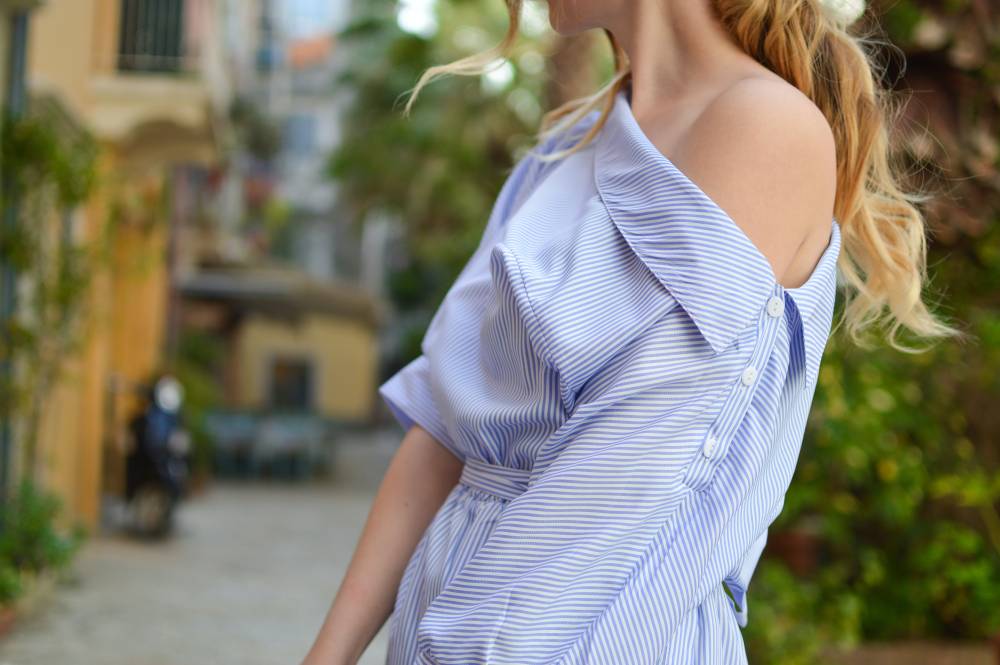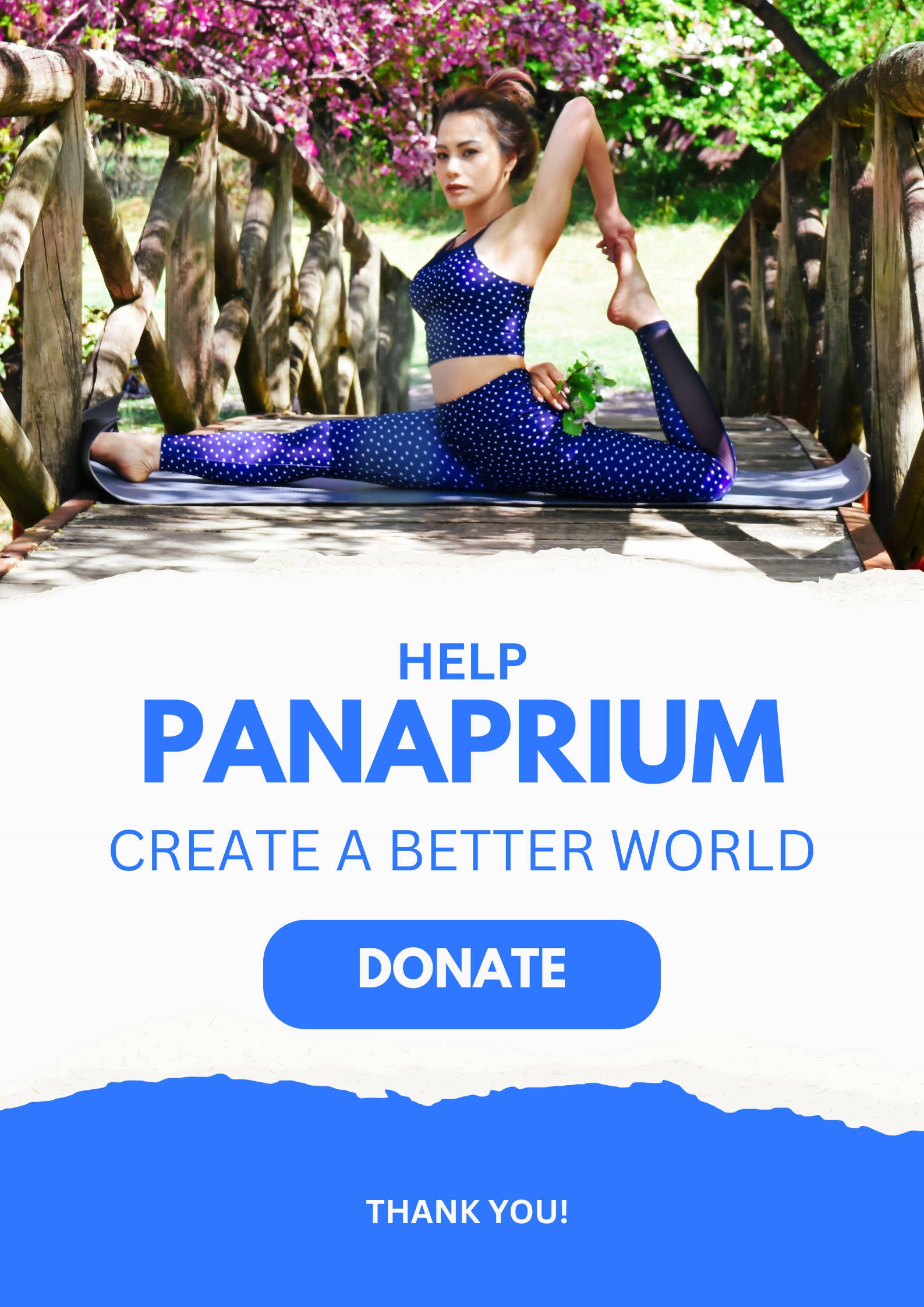
Before buying any new clothing, ask the following questions to make sure it's sustainable fashion. If you cannot find an answer yourself, ask the fashion brand or retailer you plan to buy from.
When out shopping or surfing an online clothing store, always check for more information about factories, materials, policies, and values. It's a great idea to ask the seller directly for more transparency, accountability, and sustainability.
Don't worry! It's normal to be looking for this kind of information, You won't be the first person to ask. Any respectable and ethical fashion brand will be happy to promptly answer any question you may have.
The overproduction and overconsumption of cheaply made clothing are killing the planet, animals, and people living on it. The rise of fast fashion over the last two decades made us consider clothes as disposable commodities.
Fashion is the second-largest polluting industry in the world. It produces massive amounts of waste, pollution, and greenhouse gases every year. It's time to take action and drive change in the global textile and apparel industry. Let's start by asking the right questions.
Here are 10 essential questions to ask about sustainable fashion.
Panaprium is independent and reader supported. If you buy something through our link, we may earn a commission. If you can, please support us on a monthly basis. It takes less than a minute to set up, and you will be making a big impact every single month. Thank you!
1. Is it classic and timeless?

Clean shapes and classic silhouettes are essential for clothes that are simple pieces yet very versatile. Have the goal to wear them for a long time and combine them easily into different outfits.
Don't buy clothes that are trendy and fall out of style quickly. A more classic and timeless look is preferable to support sustainable fashion. It's about creating a wardrobe made to last.
Follow my ultimate guide on the minimalist fashion trend to dress with simple fashion aesthetics that are amazing for the eye and the environment.
2. Is it durable and high quality?

The best way to promote sustainable fashion is to buy fewer clothes but of higher quality. Consider buying pieces of clothing that have a very long lifespan.
Well-made garments with durable and resistant materials are the way forward. It might be more expensive at first but you will save money in the long run by having to change clothes less often.
3. What kind of material is it made of?

Buy new clothes made with environmentally friendly fabrics. Only a very few resources used by textile and apparel manufacturers are renewable. Many materials involved in garment production are wasteful and highly polluting.
It's much better for the environment if you purchase clothes made with eco-friendly and sustainable fabrics. It helps a lot to reduce the disastrous environmental impact of fashion.
Read up my list of the top 10 most eco-friendly and sustainable fabrics to learn more about the materials to look for.
4. Is it in my budget?

Ethical and sustainable fashion can get expensive. A lot of fashion brands that reduce their social and ecological impact also sell clothing pieces at a higher price.
Conscious fashion isn't accessible to most people. It's still difficult to find affordable and environmentally friendly clothing. If you cannot buy new, a solution is to look at the second-hand market.
Used clothes help save money, resources, create a more circular and regenerative economy. They reduce environmental pollution, textile waste, and greenhouse gas emissions.
Read up my article on the top 10 advantages of buying second-hand clothes if you are not convinced yet.
5. Is it comfortable?

Clothing is our second skin. It should make us feel confident and comfortable at all times. Choose to buy and wear clothes that you love wearing and get rid of the rest. Make every piece in your closet a winner.
It's a good idea to try it on before you buy it. If you can't, then get rid of it responsibly. Don't throw clothes you don't wear in the trash. You can return, sell, donate, swap, recycle, or upcycle.
To get your money back and protect the environment, follow my guide on how to get rid of unwanted clothes for money.
6. Who made it?

To check if a fashion brand is ethical and sustainable, ask where and how their clothes were made. Unfortunately, not all apparel brands and retailers are transparent with this information.
Many fashion brands even hide that they use unsafe factories, forced labor, child labor, and sweatshop-like working conditions to produce their clothes. They abuse farmers, workers, and animals in their supply chain.
Follow my guide on how to check if a fashion brand is ethical to make sure the clothes you are about to buy were made with the highest social standards.
7. What are the values behind the brand?

Is the fashion brand transparent, accessible, responsible, and accountable? Always ask for more information if you can't find it yourself. If they avoid your questions, it's a sign to buy from someone else.
Look at what kind of values the brand stands for. Search for its Corporate Social Responsibility (CSR) policies. The more information it shares about its social and environmental impact, the better.
8. Is it certified by third-party organizations?

To guarantee solid working conditions and environmental standards in every step of the supply chain, look for certifications from third-party organizations.
Certifications and quality marks are important to ensure that textile products are manufactured with responsible use of resources and the least possible impact on people, animals, and the environment.
Check out my article on the best eco-certification standards for textiles to get more information on labels for sustainable fashion.
9. What happens to unsold clothes?

It's now faster, easier, and cheaper than ever before to buy new clothes. The overproduction and overconsumption of cheap disposable clothing create massive amounts of textile wastes that pile up in landfills at an alarming rate.
16.9 million tons of used textile wastes are generated each year in the United States, as reported by the United States Environmental Protection Agency (EPA). That number has doubled over the last 20 years.
Large fashion retailers such as H&M, Nike, Victoria's Secret, Urban Outfitters burn billions' worth of clothes every year, instead of reselling or recycling them.
Fashion brands and retailers don’t just keep every item until it sells. They don't place it back for sale when you return it every time either. Ask the brand what happens to clothes that don't sell and the items you return to get a clear picture of their sustainability efforts.
Read up my article on what happens to clothes when you return them to learn more about reverse logistics in the fashion industry.
10. Is it cruelty-free?

The global textile and apparel industry slaughters billions of animals each year to make fur, leather, wool, silk, or down clothing. A lot of animal cruelty happens daily in the fashion industry.
Animals such as pigs, cows, rabbits, foxes, birds, sheep are enslaved, exploited, subjected to painful treatments, and exposed to dangerous substances with long-term disastrous effects on ecosystems and human health.
No welfare standard make fur, wool, silk, down, or leather production ethical. It's cruel to mass-produce animal-derived products when we don't have to.
Follow my guide on how to tell if a fashion brand is cruelty-free to avoid any harmful animal products and by-products used for clothing.
Was this article helpful to you? Please tell us what you liked or didn't like in the comments below.
About the Author: Alex Assoune
What We're Up Against
Multinational corporations overproducing cheap products in the poorest countries.
Huge factories with sweatshop-like conditions underpaying workers.
Media conglomerates promoting unethical, unsustainable products.
Bad actors encouraging overconsumption through oblivious behavior.
- - - -
Thankfully, we've got our supporters, including you.
Panaprium is funded by readers like you who want to join us in our mission to make the world entirely sustainable.
If you can, please support us on a monthly basis. It takes less than a minute to set up, and you will be making a big impact every single month. Thank you.































0 comments